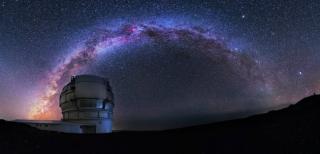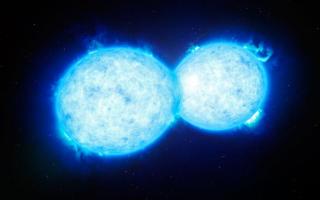
The first eight Severo Ochoa centres, among them the IAC, have had their awards renewed for four more years. Scientific excellence and innovation in Spain have been consolidated with three new Severo Ochoa awards, and four “María de Maeztu” awards.Rafael Rebolo, the Director of the IAC in a statement said that “The renovation of the award to the IAC is excellent news, which encourages us to keep working to carry out the best science and technology”.
Advertised on



